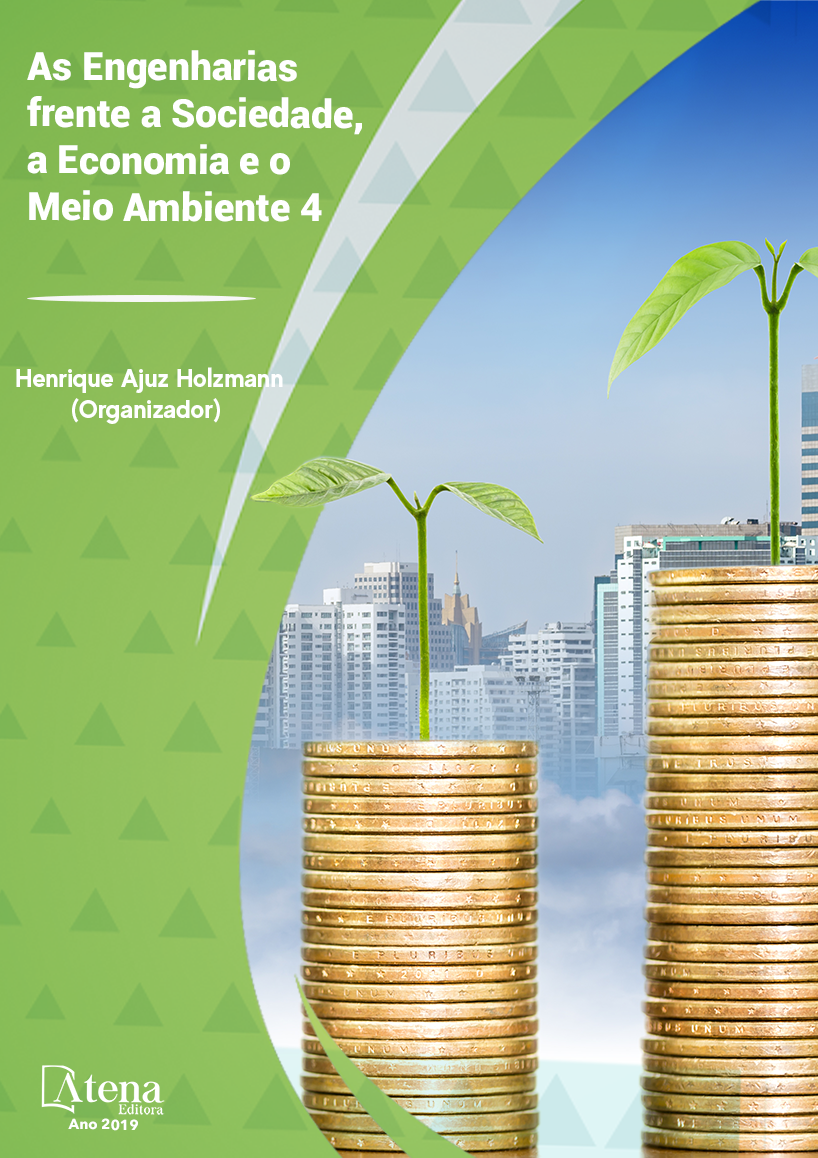
OTIMIZAÇÃO DE FORMULAÇÃO DE BISCOITO TIPO COOKIE ISENTO DE GLÚTEN UTILIZANDO FARINHA DE ARROZ, TEFF E SORGO
O objetivo desse trabalho foi
desenvolver formulações de cookie utilizando
farinhas de arroz, sorgo e teff, avaliar sua
aceitação sensorial, intenção de compra e teor
de fibras. Nove formulações foram submetidas
ao teste de intenção de compra (escala de 5
pontos: 1- certamente compraria e 5- certamente
não compraria) e de aceitação avaliando os
atributos cor, odor, sabor, textura e impressão
global, utilizando escala hedônica (9- gostei
extremamente e 1- desgostei extremamente).
Os resultados foram analisados por ANOVA e
teste de Tukey (p< 0,05). Com exceção do odor,
todos os atributos diferiram entre si, sendo que a
impressão global variou de 6,84 (apenas farinha
de sorgo) à 7,82 (mistura das três farinhas) e a
intenção de compras variou de 1,74 (farinhas
de arroz e sorgo) à 2,52 (apenas farinha de
sorgo). O maior teor de fibras foi encontrado
na formulação contendo apenas farinha de teff
(5,04%). A partir destes resultados otimizou-se
uma formulação de cookie que apresentasse
o maior teor de fibras, mas que também fosse
bem aceita. A quantidade de farinhas de arroz, sorgo e teff, indicadas pela otimização,
foi de 16,7%, 35,8% e 47,5%, respectivamente. Verificou-se é possível produzir cookies
isentos de glúten com bons índices de aceitação utilizando as farinhas de arroz, sorgo
e teff.
OTIMIZAÇÃO DE FORMULAÇÃO DE BISCOITO TIPO COOKIE ISENTO DE GLÚTEN UTILIZANDO FARINHA DE ARROZ, TEFF E SORGO
-
DOI: 10.22533/at.ed.33719250611
-
Palavras-chave: Sorgo; Teff; Farinha de arroz; Glúten; Cookie.
-
Keywords: Sorghum; Teff; Rice Flour; Gluten; Cookie.
-
Abstract:
The aim of this work was to develop cookie formulations using rice,
sorghum and teff flours, and evaluate its sensory acceptance, purchase intention and
fiber content. Nine formulations were submitted to the purchase intention test (5-point
scale: 1- I would certainly buy and 5- I would certainly not buy) and acceptance
evaluating the attributes color, odor, taste, texture and overall acceptance using hedonic
scale (9- I liked it extremely and I disliked it extremely). The results were analyzed by
ANOVA and Tukey test (p <0.05). With the exception of the odor, all attributes differed,
with the overall acceptance varying from 6.84 (sorghum flour) to 7.82 (mixture of the
three flours) and the purchase intention ranged from 1.74 (rice and sorghum) to 2.52
(sorghum flour). The highest fiber content was found in the formulation containing only
teff flour (5.04%). From these results, it was possible to optimize a formulation of cookie
that would present the higher fiber content and was well accepted. The amount of rice,
sorghum and teff flour indicated by the optimization was 16.7%, 35.8% and 47.5%,
respectively. It has been found that it is possible to produce gluten-free cookies with
good acceptance rates using rice, sorghum and teff flour.
-
Número de páginas: 15
- Pamela da Silva Souza
- Leonardo Vasconcelos Jacovassi
- Beatriz Musi Sarris Gomes Lourenço
- Lucas de Souza Nespeca
- Hellen Fernanda da Silva Paulino
- Adriana Aparecida Droval
- Renata Hernandez Barros Fuchs
- Leila Larisa Medeiros Marques
- Flávia Aparecida Reitz Cardoso
- Angélica Maria Delovo Fernandes
- Luiza Pelinson Tridapalli
- Geovana Teixeira de Castro


